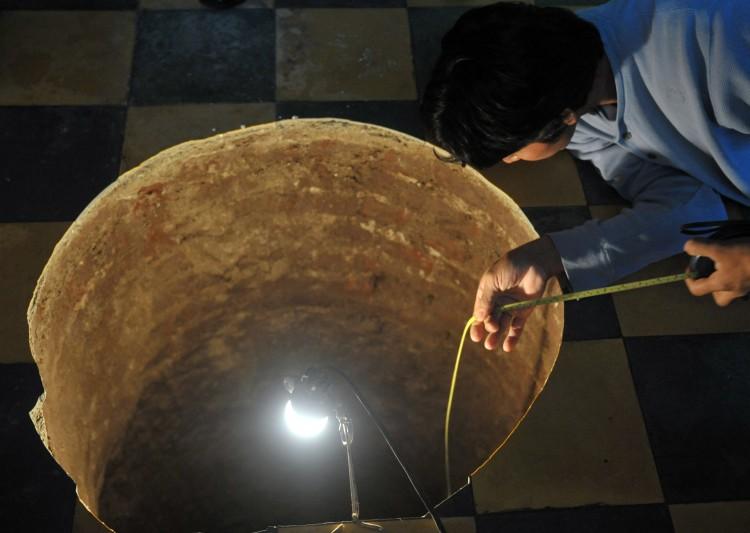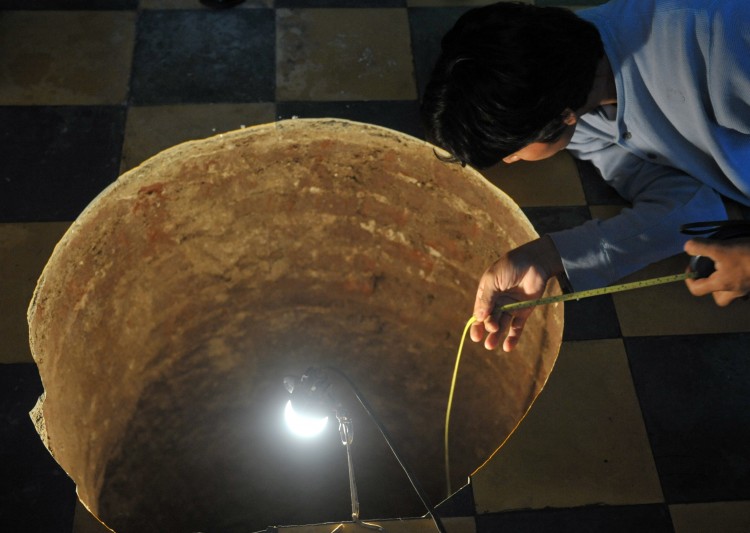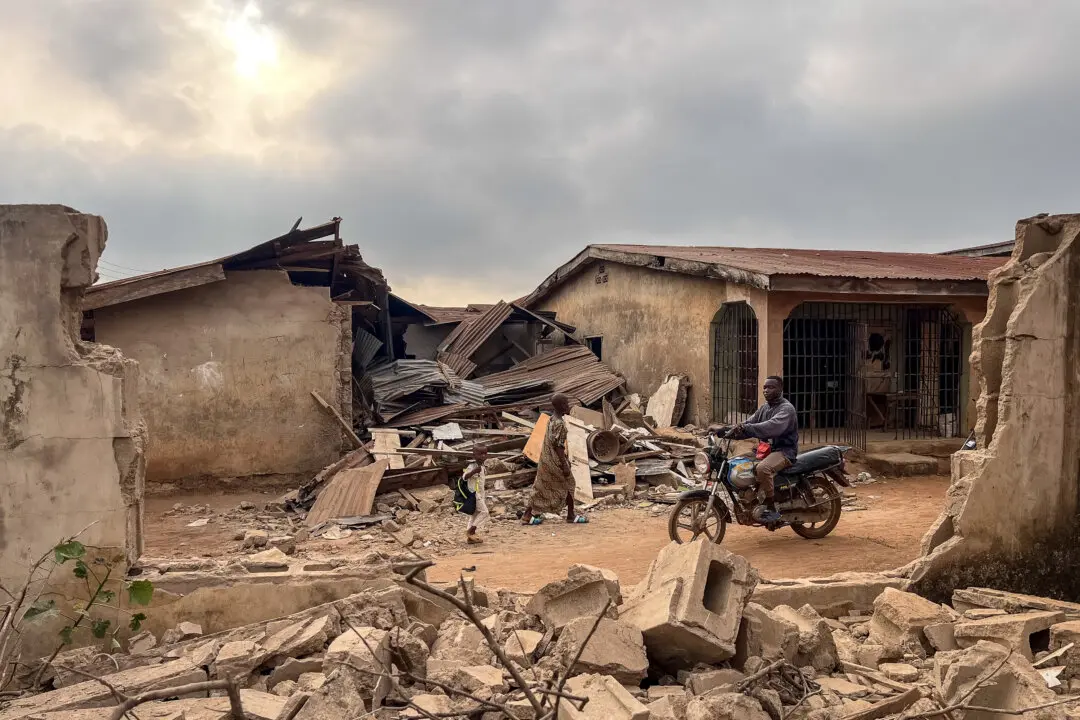Two new sinkholes were in the news this week—one in Florida and the other in Guatemala.
The Florida pit first opened up after a torrential downpour at the end of June. It is below a building which is slowly subsiding into the hole along with a tree and fragments of road.
Meanwhile in Guatemala City, a 65-year-old woman got a huge shock when a deep round sinkhole opened up under her bed in the middle of the night.
The sinkhole is 12.2 meters (40 feet) deep and 80 centimeters (32 inches) in diameter, according to AFP. The woman awoke to a loud noise like a gas explosion which turned out to be the sound of the ground imploding.
Both areas are prone to sinkholes, which are believed to happen due to a natural erosion process whereby heavy rains generate underground water that travels through fissures in rock and carves out subterranean caverns.
After the water subsides, an air pocket remains. Sooner or later the roof of this cave collapses, perhaps exacerbated by stress from above-ground structures like buildings and roadways, producing a sinkhole. The U.S. Geological Survey links some new sinkholes to land-use practices like groundwater pumping, construction methods, and diversion of natural water-drainage patterns.
However, this widely accepted hypothesis does not seem to provide an explanation for the perfectly circular nature of some sinkholes that look like they have been drilled into the earth as in the most recent example in Guatemala.







